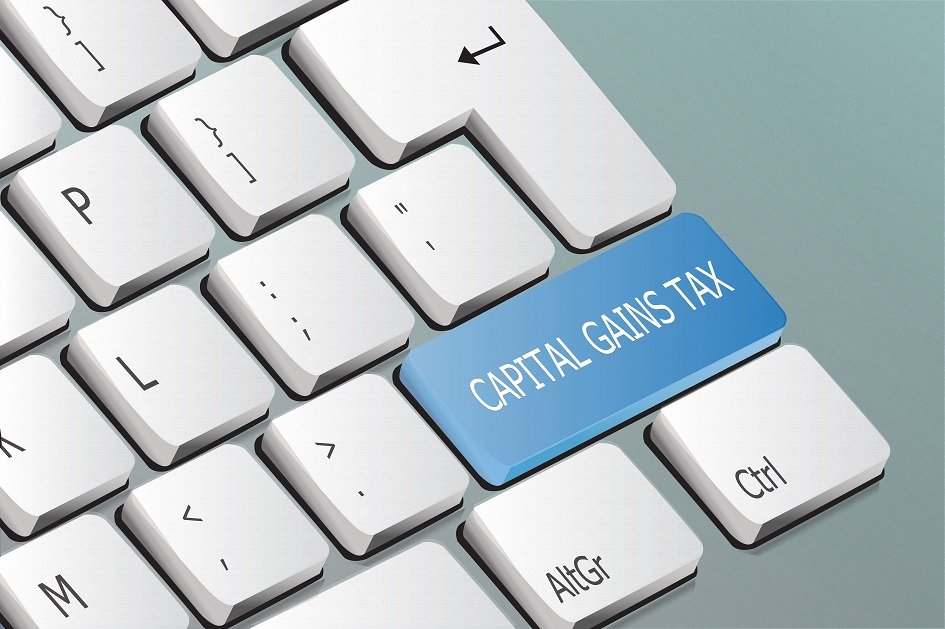Buy-to-Let Landlords including accidental Landlords need to be aware of tax legislation changes. Legislation changes continue to be rolled out by HMRC following George Osbornes July 2015 budget.
At the time of the budget, buy-to-let properties accounted for 15% of new mortgages. The Bank of England had warned that this posed a risk to the UK’s financial stability. The Chancellor stated the aim was to create a level playing field between homeowners and investors.
The move faced criticism that it would hit many small investors and accidental landlords. Many pointed out that the private rental sector was an essential part of the housing mix. Critics claimed the additional costs would lead to higher rents in the private sector.
Buy-to-Let Mortgage Interest

The changes in mortgage interest relief commenced in April 2017 and are currently being phased in. Over a 4-year period mortgage interest allowance reduces from 100% to:
- 75% in 2017/18
- 50% in 2018/19
- 25% in 2019/20
- 0% from 2020/21 onwards
You can claim tax relief at 20% of the reduction in mortgage interest relief.
It is important to make sure you claim all allowable expenses including:
- Finance and interest charges
- Insurance
- Ground rent and management charges
- Property repairs and maintenance
- Legal and professional fees
- Management and letting agency fees
- Safety certificates
Stamp Duty Land Tax
Some accidental landlords have taken the decision not to add to their buy-to-let portfolio. This is in part due to Stamp Duty Land Tax (SDLT) changes that came into effect in April 2016.
The standard rate for a property purchase up to £125,000 is 0%, but for a buy-to-let investor the rate is 3%. Whatever the purchase price bracket is, the SDLT rate is 3% higher for a buy-to-let purchase.
Buy-to-Let Capital Gains Tax

If you have recently sold or are selling your Buy-to-Let property, you need to carefully consider the tax implications. This includes Capital Gains Tax (CGT), Lettings Relief and Private Residence Relief.
If you sell a residential property at a profit you are making a capital gain. The CGT rate on residential property is:
- 18% standard rate
- 28% higher rate
There is an annual CGT allowance but this cannot be carried forward. If you are selling more than one property you may wish to stagger the completion dates.
The CGT allowance is an individual allowance and therefore a jointly owned Buy-to-Let property could utilise the combined annual CGT allowance. This would significantly reduce any potential CGT liability. In the 2018/19 tax year the CGT allowance is £11,700 rising to £12,000 in 2019/2020.
CGT liability can be reduced further by ensuring you have good bookkeeping and accounting support in place, and a superhero accountant who can investigate and advise on the reliefs and allowances available to you.
If you wish to dicuss your Buy-to-Let circumstances please feel free to use our contact form here: https://abkuk.com/contact

